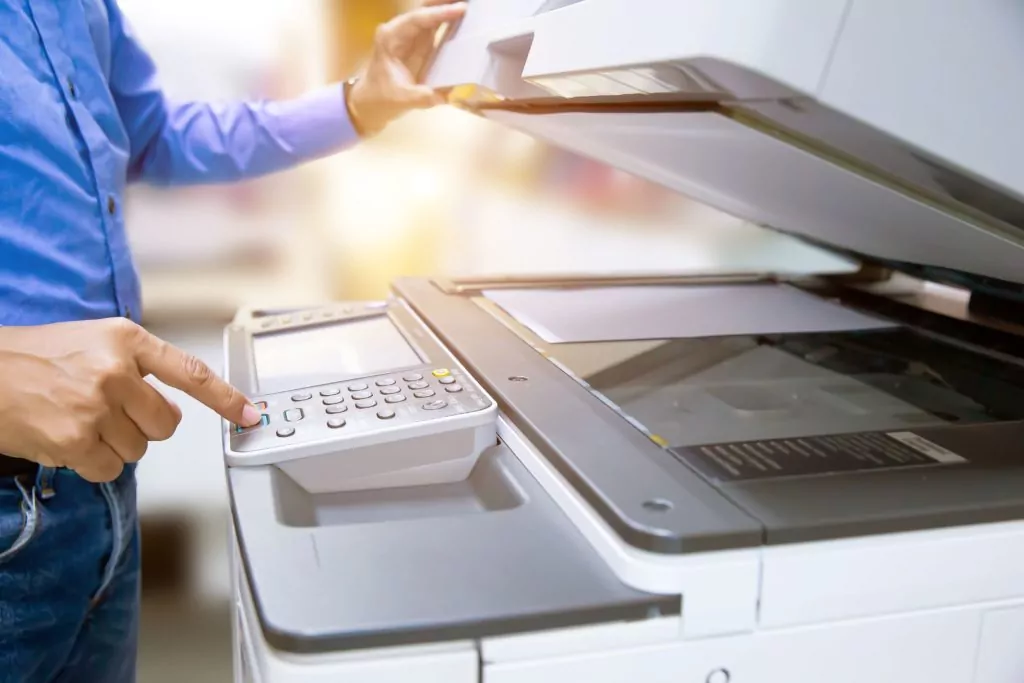In today’s digital world, most medical practices and hospitals are already familiar with EMR systems and their use. This ultimately means that many are familiar with some of the challenges surrounding their use and implementation as well. Through working with clients of our own to implement, manage, or improve EMR systems, we at Secure Records Solutions have gained a lot of experience in understanding what works and what doesn’t when it comes to EMR systems.
EMR systems are a pillar of modern medical care. Their use is ubiquitous, and they represent costly investments for most organizations and businesses. The success of a newly implemented EMR system is critical. This list covers five of the most important steps for avoiding EMR system failure, with strategies and ideas based on the most common issues we see in helping our clients implement and manage their own EMR systems.
1. Plan Ahead

The old saying is “a failure to plan is planning to fail,” and it applies here. Implementing a new EMR system is an organizational-level endeavor, and the planning that goes into it should reflect that.
2. Manage for EMR System Integration
Equally important to planning in preventing EMR system failure is following up the plan with concentrated managerial efforts towards implementation. Put simply, successful EMR system implementation begins with planning and is followed by management. All team members should be encouraged to stay compliant with all new data input processes.
Management can help ensure this steps success by encouraging the team to use the new EMR system, to base workflows around its use, and by making sure all team members are comfortable with the new system and knowledgeable of its functions. Without adherence to the new system, it’s all too easy for users to slip back into old habits, like printing and storing records in paper form.
3. Remove the Crutch of Paper
When we talk to clients about their EMR systems, we often talk about removing the “crutch” that is paper records. Paper, for many, is a comfort zone, and falling back into it is the third most common reason for EMR system failure.
Paper records were a mainstay for a long time, and many longstanding medical facilities and practices still maintain vast collections of paper records. Force of habit can mean team members reverting to storage via paper records out of habit, which creates problems across the board. Some of the most challenging records management problems are caused by the disorganization that comes from storing records across diverse media.
When implementing a new EMR system, removing the crutch of paper is a key step to preventing system failure through record mismanagement.
4. Manage Existing Paper Records
A fourth step to ensuring newly implemented EMR systems thrive comes from proper management of existing paper records. Old paper records create a risk of inhibiting the seamless integration of a new EMR system, if they aren’t properly accounted for. They must be dealt with, or in other words, integrated into the new system. This is important for a few reasons including strengthening team member habits towards the new system and avoiding falling back to the “crutch” of paper – keeping old paper records around may make it easier to avoid committing to the new system.
However, transitioning old paper records into a new EMR system takes some forethought and planning. Because of different factors like business functions and retention periods, not all records need to be integrated into the new system.
Integrating records unnecessarily can be costly and complicated, meaning some records won’t need to be moved over. Determining what’s what is a task best reserved for each individual practice or facility and their own respective EMR systems. It’s also a complex topic. Luckily, that’s where the fifth step comes in.
5. Call in The Pros to Help Your EMR System Succeed

At Secure Records Solutions, we specialize in all things records management. What we do doesn’t stop at storing or shredding paper – we’re equipped to meet our client’s needs across the spectrum of records management services. This includes helping clients implement and manage new EMR systems. We’ve seen it all, across a variety of organizations and facilities, and we’re confident in our ability to navigate new problems with new clients.
Whether you’re just starting out with a new EMR system, in the middle of a complicated transition, or simply looking for better practices for managing existing records, Secure Records Solutions has a plan for your business. Contact Secure Records Solutions today to learn more.




